Breaking News: The Shocking Five Words That Triggered Panic in the Co-Pilot During the Air India Crash Discover the Full Story Behind the Tragic Incident!
According to a report from the Wall Street Journal, credible sources closely linked to the investigation on the American side have disclosed that the cockpit voice recordings suggest that Captain Sumeet Sabharwal deliberately turned off the fuel switches for both engines sequentially, with a precise interval of exactly one second between each action. This revelation raises alarming questions about the behavior of the pilot during a critical moment shortly after takeoff.
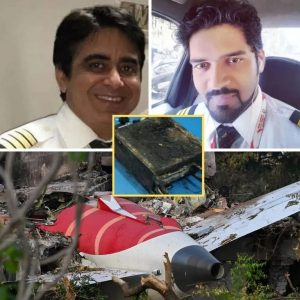
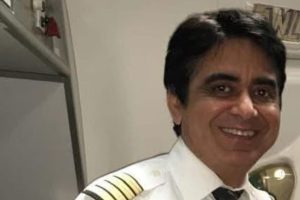
Witnesses from US authorities have asserted that the captain of the ill-fated Air India flight maintained his composure as he intentionally cut off the fuel supply to both engines mere seconds after launching into the skies. This shocking behavior is currently under scrutiny by American investigators, who are attempting to piece together the events surrounding the tragic crash of the Air India aircraft.
Flight data from the black box has unveiled a tense exchange between Captain Sabharwal and his co-pilot, Clive Kunder, who appeared to exhibit signs of panic when both engines suddenly lost power. According to insiders cited by the Wall Street Journal, the cockpit recordings indicate that Sabharwal systematically disabled the fuel switches, a decision that implies a level of control and intent that is deeply concerning. Preliminary findings suggest that Kunder was piloting the aircraft at that moment, likely focused on maintaining stability in the Dreamliner, while Sabharwal as the supervising pilot had the authority to make critical adjustments, including those related to fuel management.
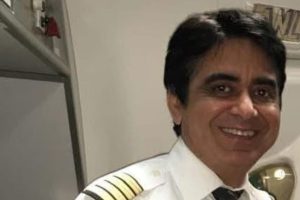
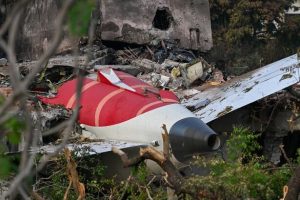
Authorities investigating the preliminary crash reports have confirmed to the Wall Street Journal that a recording from the black box captured a strained conversation within the cockpit. Ten seconds after the fuel levers were disabled, both switches were reactivated, but by that time, the aircraft had already begun to lose thrust, leading to a disastrous impact near Ahmedabad Airport that resulted in a catastrophic fire, tragically claiming the lives of 241 aboard, leaving only one survivor.
These shocking details prompted immediate concerns regarding the psychological wellness of the pilots involved, particularly Captain Sabharwal. Mohan Ranganathan, a well-respected expert in Indian aviation safety, revealed that several Air India pilots had allegedly confirmed that the seasoned captain had been grappling with mental health issues. The pilots recalled that Sabharwal had not flown in the previous three to four years due to illness and had recently taken bereavement leave following the death of his mother. However, Ranganathan maintained that Sabharwal had received medical clearance before taking control of the doomed flight.
Former colleagues have described Sabharwal as a quintessential gentleman. Some insiders indicated that he had been contemplating early retirement to care for his elderly father, who is now 90 years old. Despite the sensitive nature of the situation, Air India opted not to comment on Sabharwal’s mental health status. Nevertheless, a representative from the parent company, Tata Group, emphasized that Sabharwal had not taken sick leave in recent times and both pilots had successfully passed comprehensive Class I medical examinations, which include evaluations of both psychological and physical fitness, within the last two years.
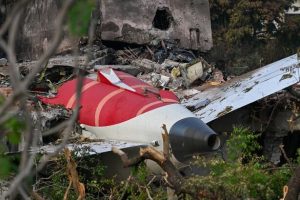
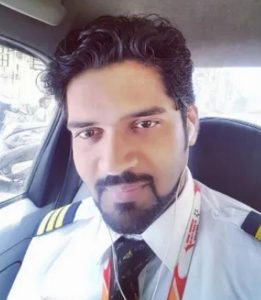
During the course of events in the cockpit, First Officer Kunder allegedly questioned Sabharwal about the reason for aborting the flight. The calm yet chilling response from Captain Sabharwal, stating “I did not,” stands in stark contrast to the chaotic circumstances unfolding around them as the aircraft began its tragic descent.
Only 28 years old, Kunder had accumulated over 3,400 flight hours and was at the controls of the jet when the situation escalated. An initial report released by Indian authorities raised critical questions regarding Sabharwal’s motivations for manually shutting off the fuel switches and whether this action stemmed from a deliberate choice or a tragic mistake.
US officials, reviewing the preliminary crash investigations, indicated that the cockpit voice recordings reveal a tense exchange between the two pilots. Kunder asked Sabharwal why he had terminated the flight, to which the captain again insisted, “I did not.” Remarkably, Sabharwal remained eerily composed throughout the aircraft’s descent.
The fuel levers in an aircraft are not mere buttons. They require pilots to first lift each lever against a locking mechanism before toggling it. During takeoff, both switches were inexplicably turned off, leading to speculation of either a grave error or something far more sinister. Ranganathan believes the latter is true, stating that these selectors are designed in such a way that it is nearly impossible for them to be moved accidentally. He asserted, You have to purposely pull them out or move them up and down, making an inadvertent shift highly unlikely. It indicates a conscious manual selection.
When asked if a pilot could have knowingly shut off the fuel switches even aware of the potential repercussions, Ranganathan firmly stated, Absolutely. That must have been intentional. This possibility of pilot-induced crash has incited outrage among the victims’ families, with many suspecting a deliberate cover-up aimed at shielding the airline and authorities from accountability.
Ameen Siddiqui, 28, who tragically lost his brother-in-law Akeel Nanabawa, along with his wife and four-year-old daughter in the crash, passionately expressed, This report is false. We do not accept it. They want to lay the blame on dead pilots who can no longer defend themselves. Surveillance footage from the airport confirmed the deployment of the Ram Air Turbine (RAT) emergency power shortly after takeoff, with a pilot declaring a distress call just two minutes later.
In December 2018, the Federal Aviation Administration (FAA) had issued a warning to airlines that certain Boeing aircraft had been equipped with fuel switches that lacked locking mechanisms, thereby increasing the risk of accidental shutdowns.
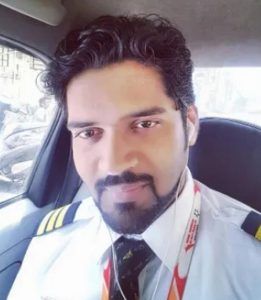
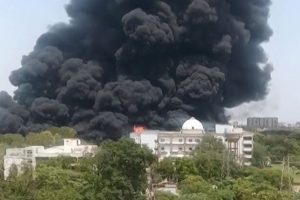
However, Air India asserted that they had not conducted any inspections of the aircraft, as the FAA’s recommendation was not mandatory. Miraculously, a passenger, Vishwash Kumar Ramesh, seated in 11A near the exit, survived the tragedy, while his brother Ajaykumar, sitting across the aisle in 11J, perished in the crash.
The ill-fated aircraft was en route from Ahmedabad to Gatwick. Among the victims were eleven children, including two infants. In an official statement, an Air India spokesperson expressed, Air India stands in solidarity with the families of the AI171 tragedy. We continue to mourn the loss and are fully committed to providing support during this challenging time. The airline confirmed receipt of the preliminary report from the Aircraft Accident Investigation Bureau and stated they are working closely with various stakeholders, including regulatory officials. We will continue to cooperate fully with the AAIB and other authorities as their investigations progress, the airline noted.
Amid ongoing investigations, Air India conveyed their inability to comment on specific details at this time, indicating the gravity of the situation while they navigate the complexities of this tragic event.
Leave a Reply